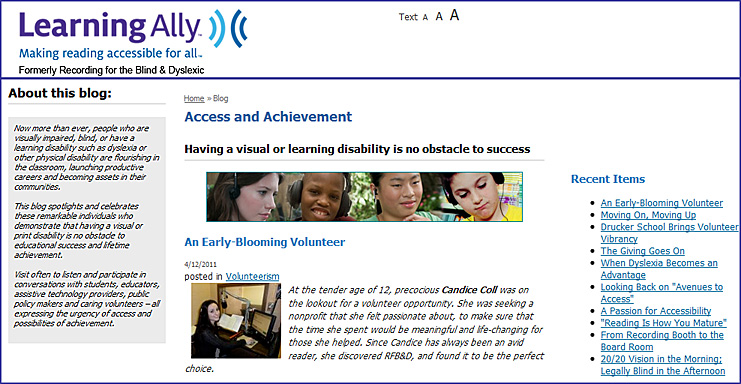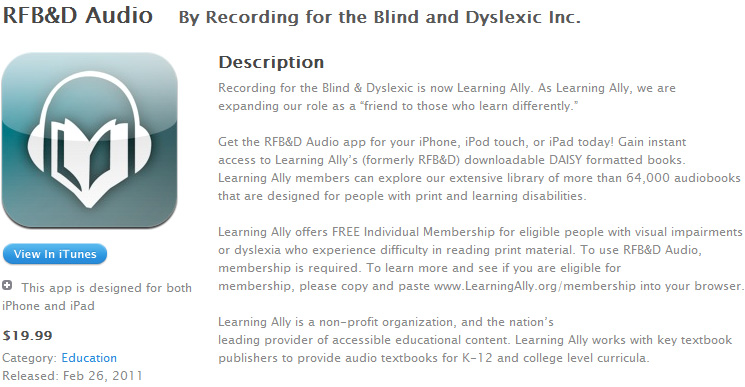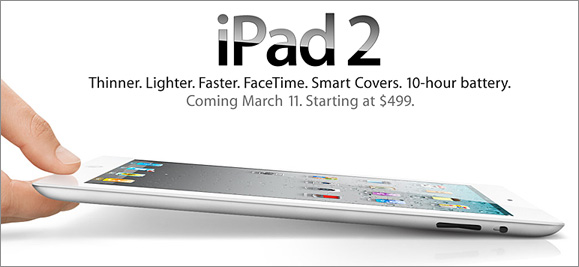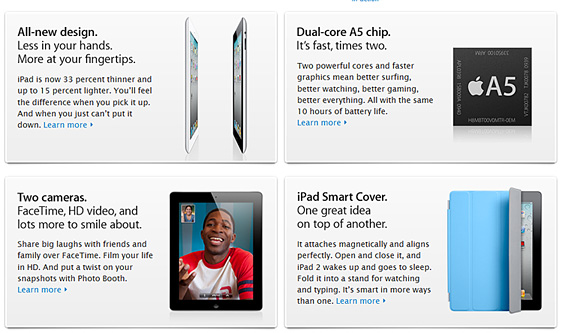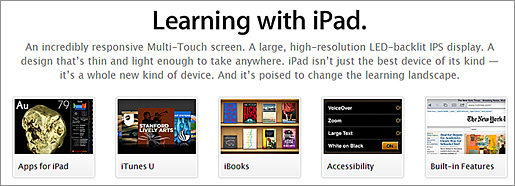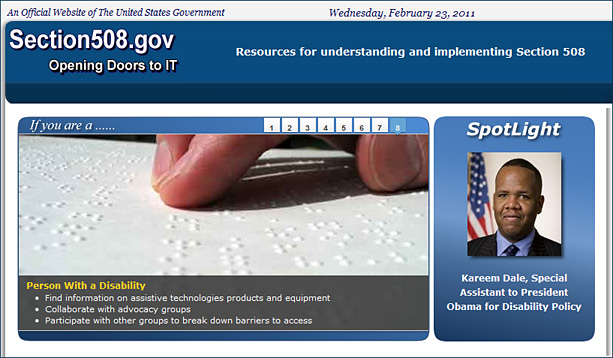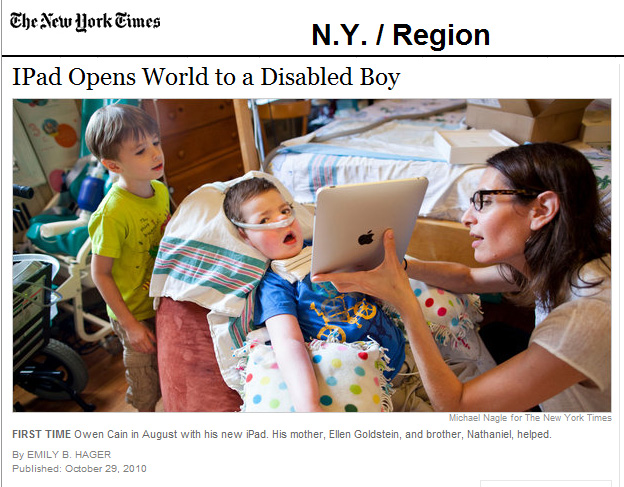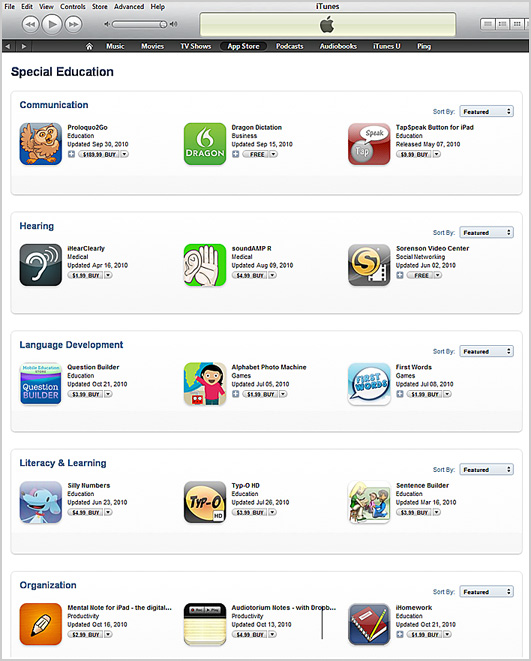New U.S. Dept. of Ed. Guidance on Accessibility and Emerging Technologies — from Educause
Also see (with my thanks to Capella University here):
The Federal Architectural and Transportation Barriers Compliance Board (June, 2001). Web-based intranet and internet information and applications (1194.22) Retrieved at http://www.access-board.gov/sec508/guide/1194.22.htm.
The Federal Architectural and Transportation Barriers Compliance Board (n.d.). Electronic and information technology standards: An overview. Retrieved from http://www.access-board.gov/sec508/summary.htm.
United States Department of Justice (2009). Americans with Disabilities Act of 1990, as amended. Retrieved from http://www.ada.gov/pubs/adastatute08.htm.
United States Government (1998). Section 508 of the Rehabilitation Act. Retrieved from http://www.section508.gov/index.cfm?fuseAction=1998Amend.
WebAIM Section 508 Checklist. Retrieved at http://webaim.org/standards/508/checklist.











